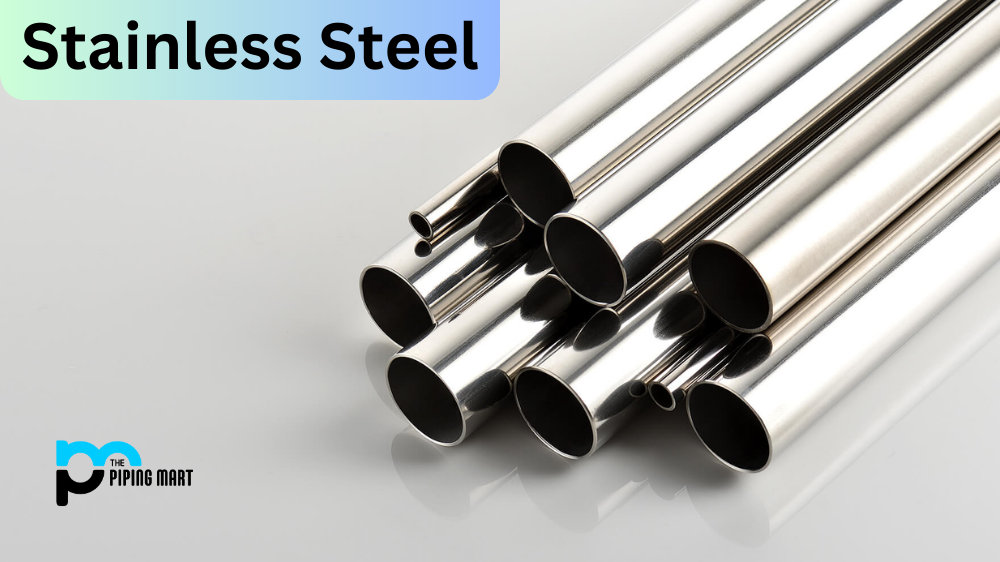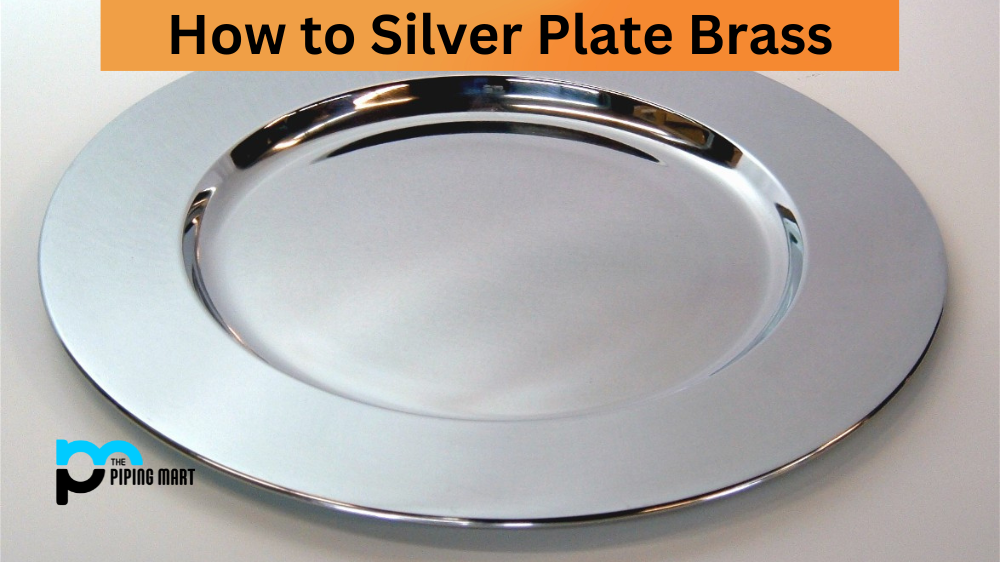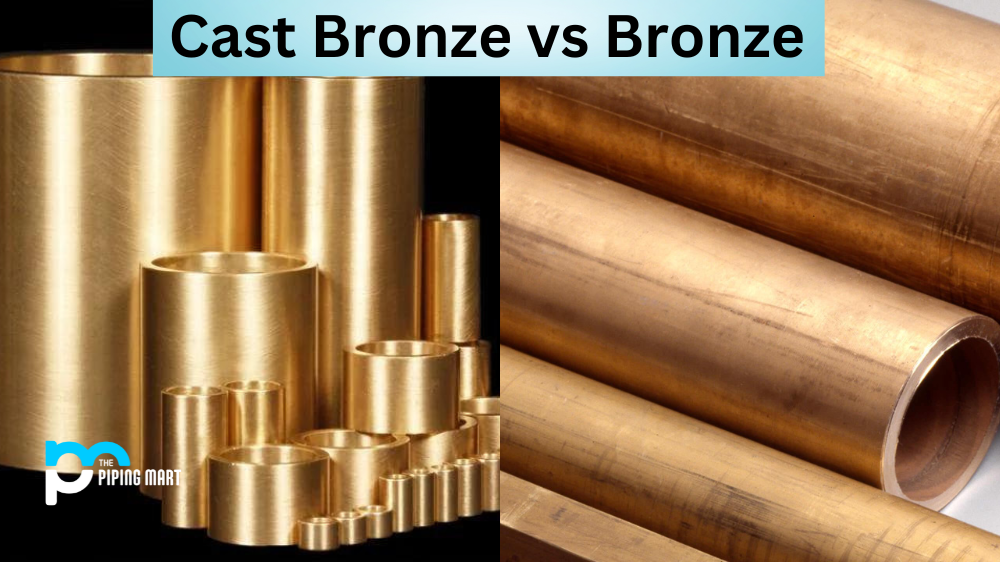Austenitic stainless steel is a form of stainless steel that is incredibly common in the industrial and manufacturing world. It’s used in everything from kitchen appliances to car parts. But what is it, and how do manufacturers make it? Let’s take a look.
What Is Austenitic Stainless Steel?
Austenitic stainless steel is any stainless steel with an austenite structure when appropriately heated. This means that the metal will be non-magnetic, with low carbon content, excellent weldability, high ductility, and good corrosion resistance. Therefore, it makes sense why so many industries use this type of steel for their products.
Manufacturing Process
Creating austenitic stainless steel begins with melting the metal in a furnace at high temperatures. The metal is then poured into casts to create ingots or slabs—these are then rolled out into thinner sheets for other uses like pressurized tanks or boilers. Once the metal has cooled down completely, it can be rolled into tubes or wires depending on its intended use. Finally, all surfaces are polished to remove imperfections before being sent off for further processing.
Heat Treatment
Once the desired shape has been achieved by rolling and polishing the austenitic stainless steel, it can be heat treated to improve its properties even further. Heat treatment involves heating the metal until it reaches its critical temperature (around 850°C) and then cooling it down again. This process helps to reduce hardness while improving strength and toughness, making it ideal for tough environments where wear & tear can occur over time.
Conclusion:
Austenitic stainless steel offers an excellent combination of strength, durability, and corrosion resistance—making it one of the most versatile metals available today in automotive manufacturing and construction. Making this type of steel involves melting raw materials in a furnace before rolling them into desired shapes like tubes or wires; finally, they undergo a heat treatment process, improving their properties even further for better performance in demanding situations. Understanding how austenitic stainless steel is made can help engineers create better project solutions.
Meet Heer, a dynamic and driven writer learning tricks of her trade in the metal industry. With a background in Digital Marketing, Heer brings a unique perspective to her writing, sharing valuable insights. Apart from blogging she like reading and hiking.




